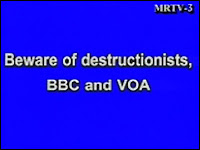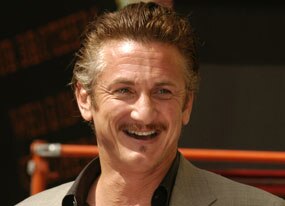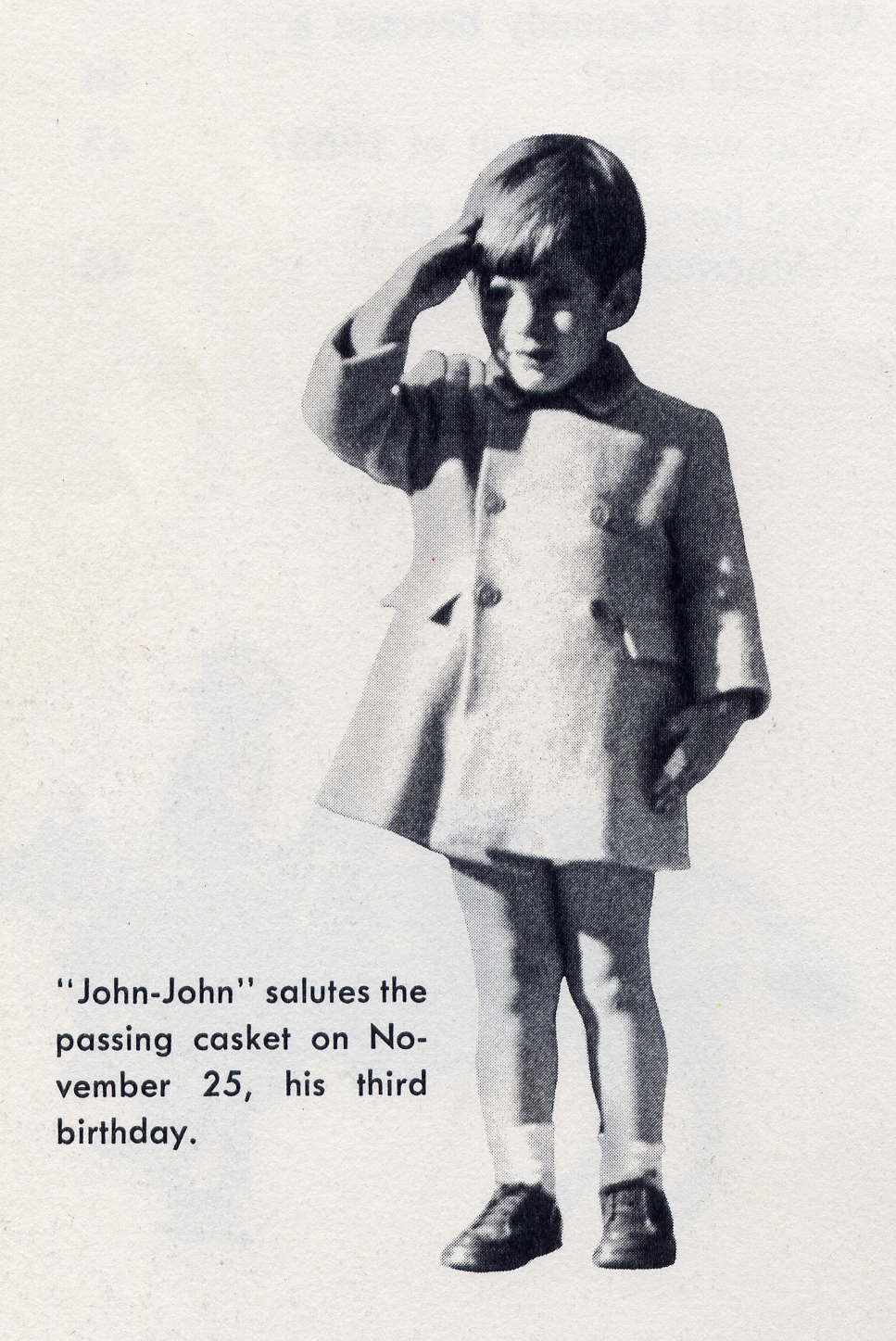 The generals' iron fists are shaking at a so-called 'Sky-full of lies' which threatens the Burmese junta's grip on power, the biggest challenge since the slaughter of 8/8/88
The generals' iron fists are shaking at a so-called 'Sky-full of lies' which threatens the Burmese junta's grip on power, the biggest challenge since the slaughter of 8/8/88
As Burmese soldiers fire bullets and tear gas to disperse anti-government protests in Rangoon, the military rulers have taken the offensive in the battle to control the flow of information in the country, says the BBC.
Websites and internet blogs posting information and photographs of the government's action have been blocked.
Telephone lines and mobile phone signals to monasteries, opposition politicians and student leaders have been cut. A hotel where foreign journalists lodge was surrounded and ransacked.
All this has made it more difficult for people to upload pictures of the mass protests to be picked up by international satellite news channels and beamed around the world, including back to Burma.
In a sign that the military junta in Burma is afraid of foreign radio and satellite TV coverage of the protests and the junta's crackdown, the state-run media has begun to blame foreign media for inciting the trouble.
The Light of Myanmar newspaper said: "Saboteurs from inside and outside the nation and some foreign radio stations, who are jealous of national peace and development, have been making instigative acts through lies to cause internal instability and civil commotion."
The official English-language television station, MRTV-3, has said that people are being intimidated into joining the demonstrations.
State media is airing the official view of events in Burma
Screen captions ran scrolling messages saying: "We favour stability. We favour peace. We oppose unrest and violence."
Another screen caption, also read by an announcer, said the BBC and the Voice of America were broadcasting "a sky-full of lies". Another said: "Beware of destructionists, BBC and VOA".
 Screen grab from Burma's state-run English language TV - 27/09/2007
Screen grab from Burma's state-run English language TV - 27/09/2007Despite the government's best efforts to drown out independent voices, images and uncensored information are still getting out of Burma.
Some people in Burma are circumventing the government's firewalls by uploading pictures directly to data hosting sites, which are harder to trace, instead of sending images by e-mail, says Moe Myint from the BBC Burmese Service.
Journalists in exile are using their networks of contacts back home to get images and information out of the country and on to blogs and satellite TV - and
back into Burma.


















